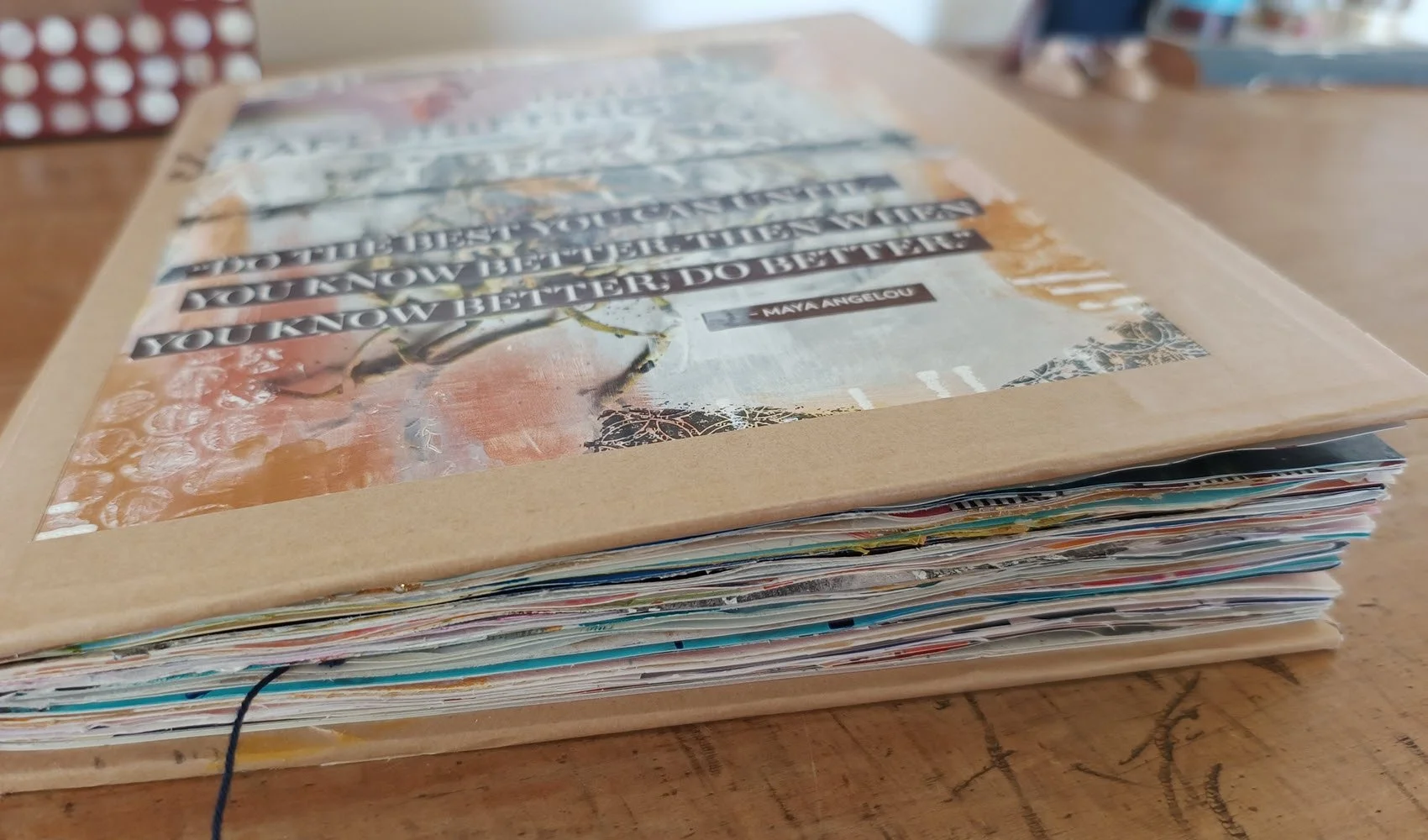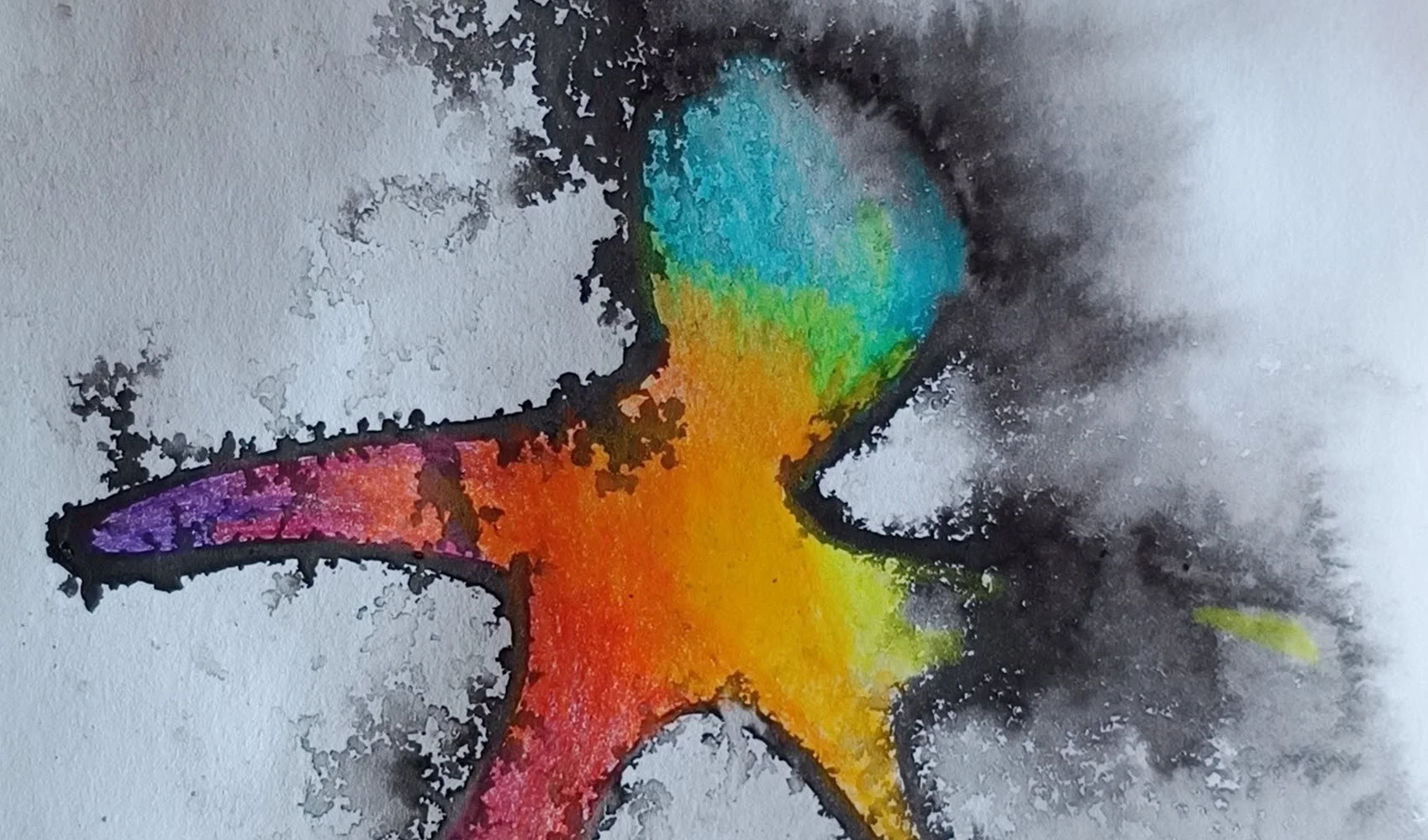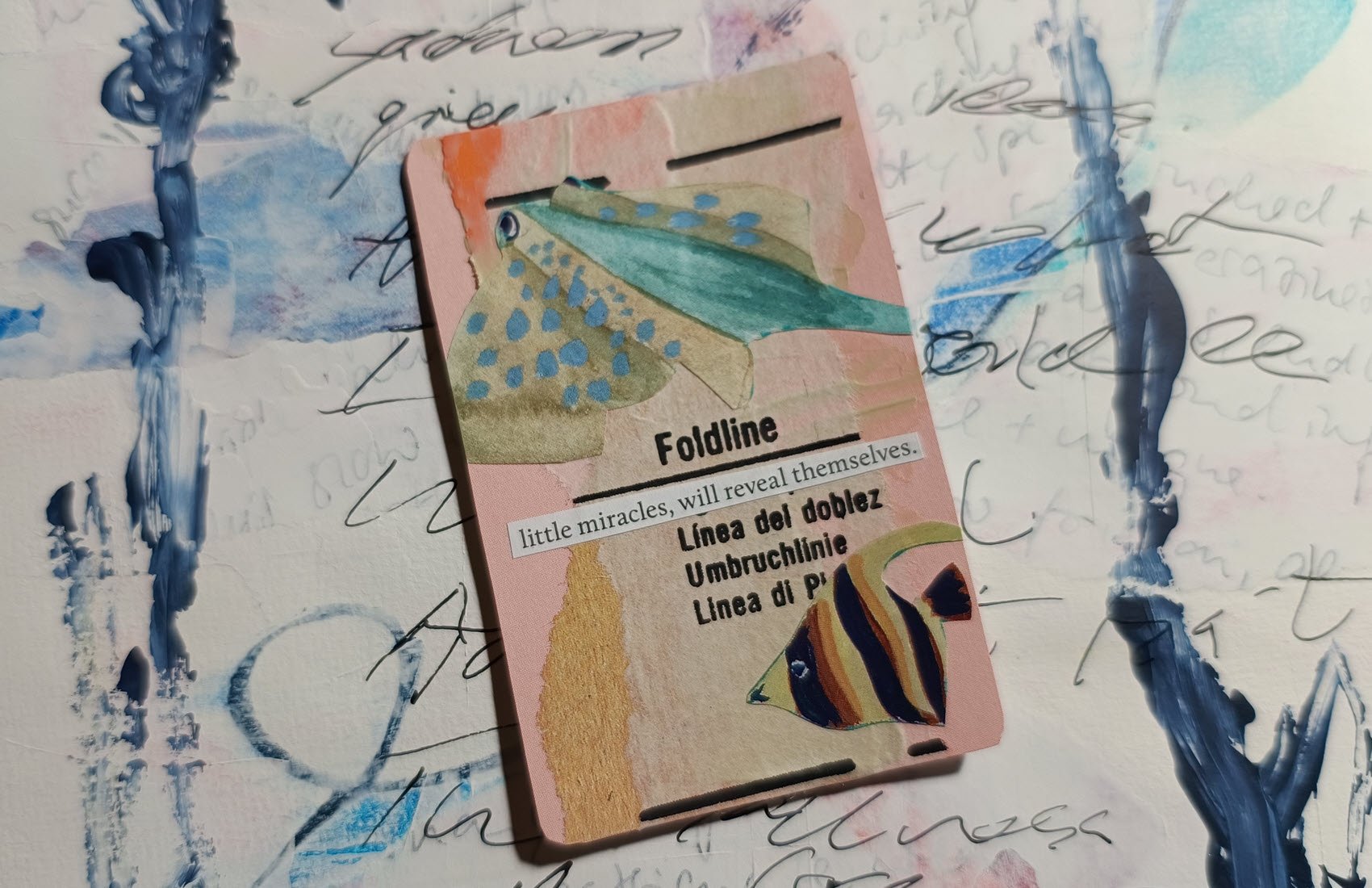Welcome to my blog
Here you’ll find short articles about creativity, trauma-informed coaching, meaningful working and living, healing and personal growth. I also share books that I love and have found useful and reflect on creative or experiential processes to support you in cultivating your own reflective practice.
Free from AI. This blog is written by one human (that’s me, Conny), from the heart, with you in mind. I hope you find inspiration, food for thought and not too many typos!
Keeping a reflective journal: the studio book
Keeping a reflective journal can be exciting and a little daunting at the same time: where to start? This post takes you through different types of journals or books, the pros and cons of each and I offer you a glimpse into my current practice and the three types of books I’m using.
A glimpse into arts-based coaching: working in series
This post is about the benefits of working in series which is a process I use in arts-based coaching or in my arts-based reflective practice programs. I share an example and give you some ideas how you might experiment with this process for yourself.
Sensemaking in May: my monthly reflections
In my monthly reflections, I share how the 4 qualities that inform my coaching and courses – arts-based, trauma-informed, reflective and meaning-focused – are showing up in my work and life.
This month: how arts-based processes engage all our neural networks, embracing the tensions of meaningful living, leaning into compassion, not knowing and client wisdom, and the value of process notes in reflective practice.
Finding rhythm: why the right rhythm can help you avoid burnout
Finding a rhythm of working and living that’s sustainable for you is essential to live well. In this article, I also explore the importance of safeguarding your personal rhythm and be able to enter a collective or shared rhythm - not just out of practicality, but also to foster a sense of connection.
Sensemaking in February: my monthly reflections
In my monthly reflections, I share how the 4 qualities that inform my coaching and courses – arts-based, trauma-informed, reflective and meaning-focused – are showing up in my work and life.
This month: how my non-dominant hand writing & drawing project surprises me with the deepest joy I’ve felt in a long time. As part of my reflective group program, we’re looking for how people speak about meaning.
Sensemaking in January: my monthly reflections
In my monthly reflections, I share how the 4 qualities that inform my coaching and courses – arts-based, trauma-informed, reflective and meaning-focused – are showing up in my work and life.
This month: embracing sketchbooks for creative, reflective practice. Asking: What do I want? And how cultural context is enriching our conversations about trauma.
Making a list or… a making list!
Lists can be a bit marmite (or vegemite, depending on where you live) – you either love or hate making lists. When thinking of lists, most of us probably think of to-do lists. I want to introduce you to the idea of two different lists: the making list and the being list.
What’s the hope and what’s the worry… of being on social media
Whenever we’re considering a significant change, there’s hope and there’s worry. I was exploring my hopes and my worries if I broke up with Instagram and realised I’m ready to leave because my hopes are bigger than my worries. This may sound odd as my worry-o-meter is off the charts given the state of the world, but it’s comforting to reconnect with my hopes!
An end-of-year reflection that’s illuminating, validating, compassionate, whole and peaceful
It's been such a joy again, for the fourth year, to bring my reflective end-of-year workshops to people who describe them as illuminating, validating, compassionate, whole and peaceful.
I’ve started seeing some patterns in the words people have used over the years to describe their experience. I decided to capture some of these words alongside suggestions of what helps generate these experiences.
A framework for reflection
Reflective practice includes reflecting on action, in action and for action. Weaving my arts-based and trauma-informed coaching skills together helps us stay on the constructive and forward-moving side of reflection without veering off into rumination or looping thought carousels.
Why bother: building a meaning practice in troubled times
The question ‘Why bother?’ often indicates the loss of meaning. A meaning practice helps us notice meaning between the layers of life’s mundanity and repetitiveness, its highlights and special moments, in our grief and despair, as well as our joy and hope. This post explains how the six dimensions of meaning are reflected in my small group online program “Reflecting on Meaning’ and what you might learn about living and working meaningfully.
Sensemaking in October: my monthly reflections
In my monthly reflections, I share how the 4 qualities that inform my coaching and courses – arts-based, trauma-informed, reflective and meaning-focused – are showing up in my work and life.
This month: elicit emotional responses in your creative reflections, talk to your brain by slowing down, asking existential questions and trauma-informed leadership.
Sensemaking in September: my monthly reflections
In my monthly reflections, I share how the 4 qualities that inform my coaching and courses – arts-based, trauma-informed, reflective and meaning-focused – are showing up in my work and life.
This month: the flywheel of inspiration, Sensemaking Studio 2025, safe enough spaces and meaning-making in retrospect.
Sensemaking in August: my monthly reflections
In my monthly reflections, I share how the 4 qualities that inform my coaching and courses – arts-based, trauma-informed, reflective and meaning-focused – are showing up in my work and life.
This month: my tiny practice, when writing heals, the true versus the adapted self and when to show up from which.
How to make sense of things?
Sensemaking is a process of meaning making. During this process, we’ll change the relationship we have with ourselves and with others; we’ll make changes to how and where we invest our talents, skills, time and energy.
This post explores a helpful framework for change: how we get from skill to trait. I also write more about Sensemaking Studio, an online program in which you learn to cultivate your own reflective practice to support your process of meaning making.
The 100 Day Project: what I’m noticing on Day 50
Halfway through this year’s 100 Day Project I’m taking stock - what I have been noticing about this creative process is how it benefits from openness to change, a nurturing community and an awareness of how having an audience can energise or restrict my creative expression.
How failing forward can keep us stuck
Our ‘don’t look back’ culture shapes expectations of bouncing back quickly after a crisis. Internal Family Systems can help us understand why trying to move on too quickly after adversity can leave us with a shattered sense of self and keep us stuck. While this is a cultural issue, as individuals we can support ourselves by developing a reflective practice and engaging in trauma-informed coaching.
Being a reflective person – reflective practice as an identity-based habit
In his book Atomic Habits, James Clear writes about identity-based habits. Seeing yourself as a reflective person is the first step. Secondly, to keep going with a reflective practice we need to keep barriers of entry low. Don’t set yourself rules around time, mood or energy levels required for worthwhile reflection. Instead: use whatever shows up on the day and let it shape your focus and process of reflection.
Reflective practice: practice to pause
The suggestion to cultivate a reflective practice can feel like yet another thing to put on our to-do list, or another technique in self-betterment. It can be seen as indulgent navel-gazing in a world that needs decisive and urgent action. Ultimately, isn’t reflection something else we’ll fail to stick with?
On reflection…
After many failed attempts at well-known reflective practices such as Morning Pages, I decided to design my own: one that allows me to follow my own rhythm, combine words and cognitive reflection with visual and creative techniques. Today, my practice is an everchanging yet robust support system in my work and life. Curious to learn how to design your practice?



















